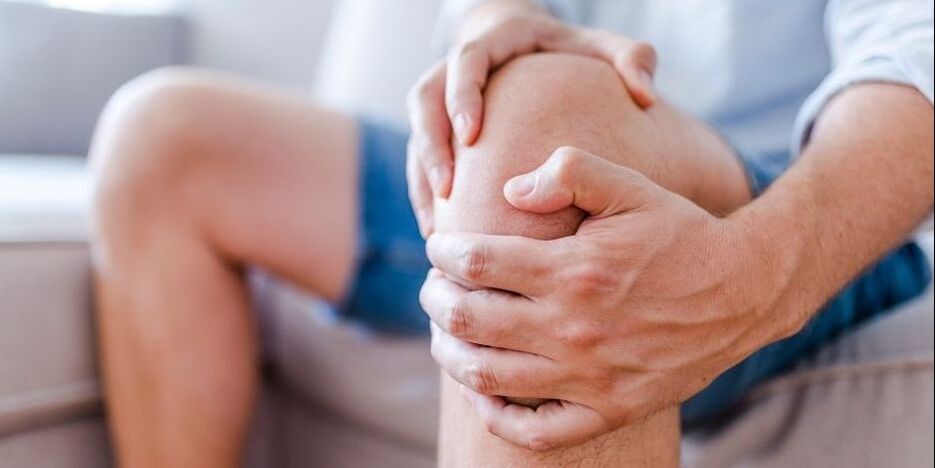|
By: Dr. Beth Templin Did you know that according to the Arthritis Foundation, Arthritis is the leading cause of disability among adults in the United States? With more than 54 million adults having a diagnosis of arthritis, it's not surprising to learn that it's one of the most common conditions affecting older adults. There are over 100 types of arthritis, but the most common form is osteoarthritis (OA). What causes osteoarthritis?
Your joints are covered by a protective layer called cartilage. When there is significant damage to the cartilage, it can be painful. Many believe the breakdown is caused by every day "wear and tear", but it's usually a combination of poor alignment of the joints, excessive weight and/or an injury. How can I manage my arthritis? 1. Stay Hydrated! Cartilage is about 80% water in younger adults, but as a normal part of aging, it decreases to about 70% in older adults. This makes the cartilage become stiffer and thinner. Think of the difference between a wet sponge and a dry sponge. The wet sponge is soft and flexible whereas the dry sponge is stiff and brittle. It’s much easier to break or damage the dry sponge than it is to the wet sponge. The same happens to your cartilage. If you are dehydrated on a regular basis, which most of us probably are, then you’re more likely to cause damage to it. Dehydration is one of the reasons people with arthritis feel so stiff and achy in the morning. They have gone all night without drinking any fluids and as a result are slightly dehydrated. To figure out how much water you should drink each day, think about how much you weigh and divide that number in half. That's how many ounces you should drink per day. For instance, if you weigh 180 pounds, you should drink 90 ounces of water daily. The good news is that it’s a pretty easy fix. If you stay hydrated, your cartilage will stay “wet” and will be softer and more flexible. Once you’ve damaged your cartilage, it does not have the ability to repair itself, so being proactive is the key to healthy joints. 2. Strengthen your muscles! The benefit of strength training is stronger muscles help to protect your joints. Your muscles act as shock absorbers for the joints. As you lose muscle mass, more of the impact is absorbed by the joints, increasing the stress on them. As you build the muscle strength back around your joints, your joints are better supported, which decreases the daily stress on them and in turn decreases pain. 3. Keep moving! Stiff joints are a common complaint among people with arthritis. There's a saying that "Motion is Lotion" and that holds very true for people with arthritis. Our bodies were made to move, not sit all day. Once you get up and move, that stiffness usually subsides and you start to feel better! Comments are closed.
|
AUTHORDr. Beth helps adults 55+ maximize their independence and fitness, so they can continue to enjoy a full and active life. Archives
July 2024
Categories
All
|



 RSS Feed
RSS Feed
